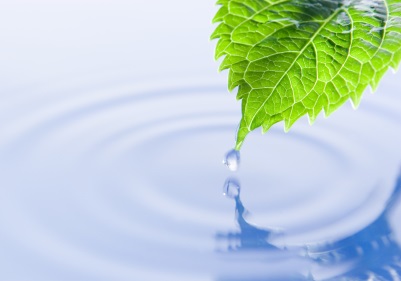A quick look at the ingredients of your skin care products will tell you that the first item listed is often water or aqua, if we are adhering to the International Nomenclature of Cosmetic Ingredients (INCI). Only purified water, free of toxins, pollutants and microbes, can be used safely in skin care products where its main role is as solvent or carrier to deliver active ingredients to where they will be most effective and beneficial to skin.
The downside of using water is that it encourages bacteria growth which can shorten the shelf life of your products considerably. Even with the addition of stabilizers and preservatives, bacteria or other substances harmful to the skin can develop, especially if the container is not air-tight. Once bacteria and microbes take hold, you may be at risk of developing rashes, irritations and infections if those products are used beyond their freshness point.
The geniuses in the Korean skin care industry are leading the way toward “waterless” treatments that use botanical extracts and oils as the base for products that promise a more effective way for the skin to absorb actives. By not using additional water in their formulations, these innovative products are concentrated so using a little goes a long way. Instead of seeing the usual “aqua” listed as the first ingredient, you may see glycerin, plant extracts and fruit oils. Although there is no added water, these products are not dry as they glean the water which exists naturally in the other ingredients.
Even though the absence of water may be counterintuitive to what we equate with the idea of hydration, “waterless” skin care products may not be so far-fetched after all: when water evaporates off the skin, it takes along with it any natural oils, leaving behind a feeling of tightness. The Koreans may be on to a good thing.




